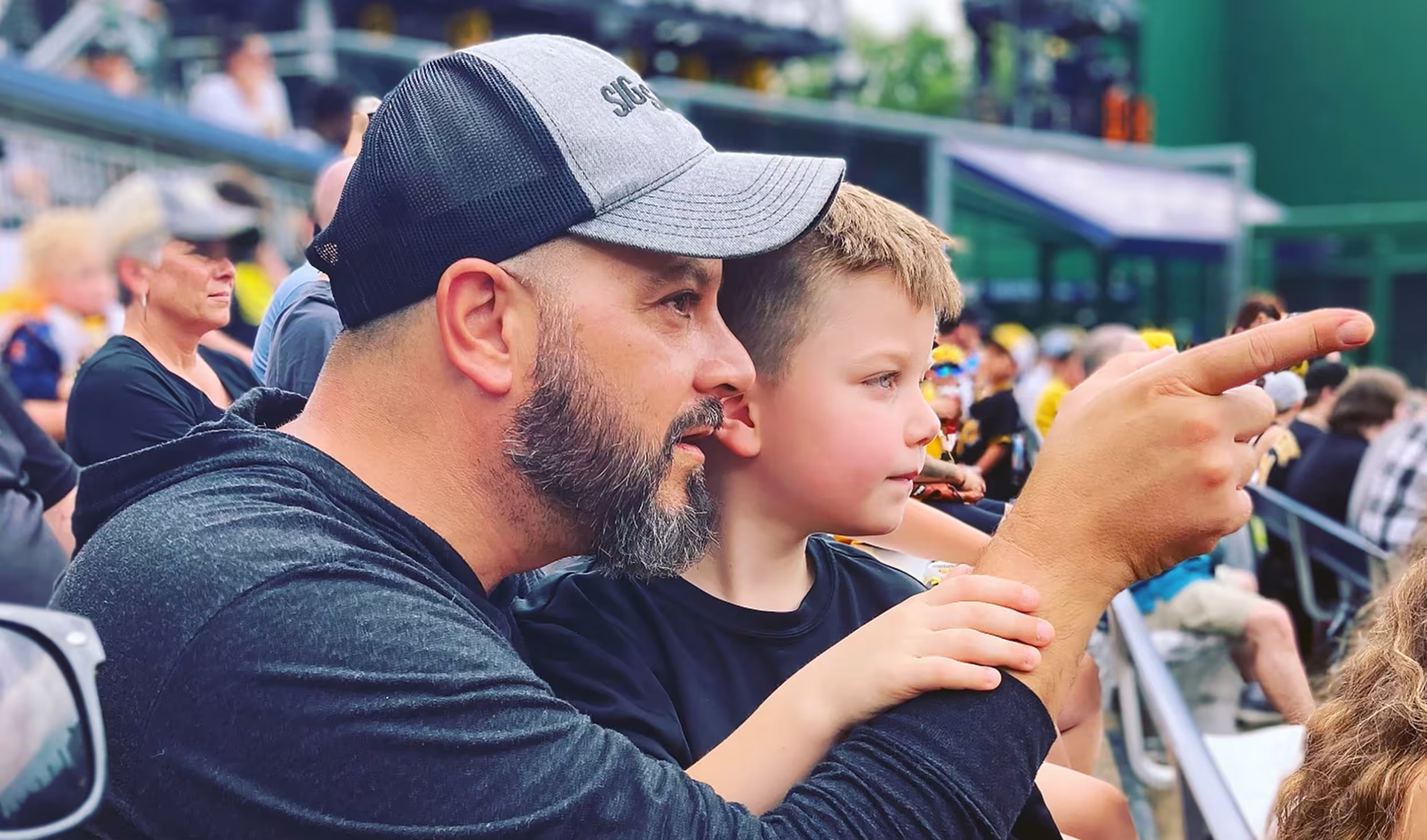ave you ever wondered about your child's hearing? Parents or other family members are most often the first to recognize a child's hearing difficulties. Since hearing is one of the primary modalities by which young children acquire new information, any suspicion of a hearing loss in your child warrants attention.
The first four years of your child's life are critical in terms of developing speech and language skills that will last a lifetime. Any degree of hearing impairment can be handicapping since hearing loss can negatively impact the acquisition and perception of speech and language, academic achievement, social and emotional development, and self-esteem. Therefore, it is essential to diagnose and treat childhood hearing problems as early as possible.
How do children hear?
The ear is divided into three parts: the external, middle, and inner ear. The external ear is composed of the external auditory canal, the pinna, and the outer surface of the eardrum (or the tympanic membrane). The middle ear is made up of the tympanic membrane and three small bones, the malleus, incus and stapes. These tiny bones are the smallest bones in the body. The inner ear is composed of the cochlea, which controls hearing, and the vestibular apparatus, which controls balance and equilibrium.
Sound is directed via the external auditory canal to the middle ear. Sound energy is vibrational energy, and when these vibrations reach the tympanic membrane they cause the bones within the ear to vibrate. This vibrational energy is converted to electrical energy within the inner ear. Thousands of tiny hair cells within the cochlea send this electrical energy in the form of nervous impulses along the auditory nerve to the brain. The brain then interprets the meaning of these sounds. Any disruption along this complex pathway can result in a hearing loss.
Are there different types of hearing loss in children?
One method of describing hearing losses in children is based on where along the auditory pathway the problem exists. For example, if there is a problem within the external or middle ears, this can result in a conductive hearing loss. The most common causes of hearing problems in children are conductive hearing losses, and the most common cause is otitis media, or inflammation of the middle ear. Otitis media can be caused by viruses, bacteria, or fungi. Otitis media is associated with fluid within the middle ear space. This fluid interferes with sound transmission and results in a temporary hearing loss. Most conductive hearing losses are corrected with either medical or surgical interventions. Other causes of conductive hearing losses in children include excess wax , foreign bodies in the ear canal, or swelling within the ear canal itself.
Hearing loss that results from a problem in the inner ear is called sensorineural hearing loss. Sensorineural hearing loss is usually permanent and is not routinely corrected with medications. It can be caused by genetic factors, congenital infections, medications, or prolonged exposure to excessively loud noise (noise-induced hearing loss).
Health
Mixed hearing losses are those hearing losses that have both conductive and sensorineural components. It is necessary to determine the type of hearing loss your child has in order to determine appropriate treatment.
Treatments for childhood hearing loss
Treatment options for otitis media have long been controversial. While countries such as Great Britain, adopt a wait-and-see attitude towards treatment, in the United States, otitis media has traditionally been treated with antibiotics. If children have not responded to conventional antibiotic therapy, they are sometimes referred for tympanostomy tube placement, or more simply, "tubes." This is an outpatient surgical procedure performed by an ear, nose, and throat surgeon (an otolaryngologist). The goal of placing tubes is to maintain a tiny opening within the eardrum to allow the fluid to drain and prevent its reaccumulation.
Hearing losses can be diagnosed in children who are only minutes old. No child is too young to assess. It is especially important to diagnose and treat sensorineural hearing losses early. Recent studies have demonstrated that children who are diagnosed early, and have the benefit of early intervention, develop speech and language skills similar to their hearing peers. Today, children as young as a few weeks old can be fitted with hearing aids, and even toddlers with profound hearing impairments can benefit from cochlear implants.
Cochlear implants are small electronic medical devices used to bypass damage in the cochlea, and reintroduce sound energy to the auditory nerve and brain. They do not cure hearing loss, but they are a feasible, cost-effective alternative for many.
What to do if you suspect your child has a hearing loss
First off, realize that new innovative treatments exist for childhood hearing loss, and recognize that the earlier the problem receives treatment the better. Parents should take their child to see their primary care physician for initial assessment. Often primary care physicians then recommend further evaluation by an ear, nose, and throat doctor. Otolaryngologists often work in conjunction with audiologists, who perform hearing assessments.
The signs of hearing loss in a child are subtle, yet the consequences of an undetected hearing loss can be devastating. If you suspect that your child might have a hearing problem, obtaining the appropriate diagnosis and treatment early will help to minimize future problems.



